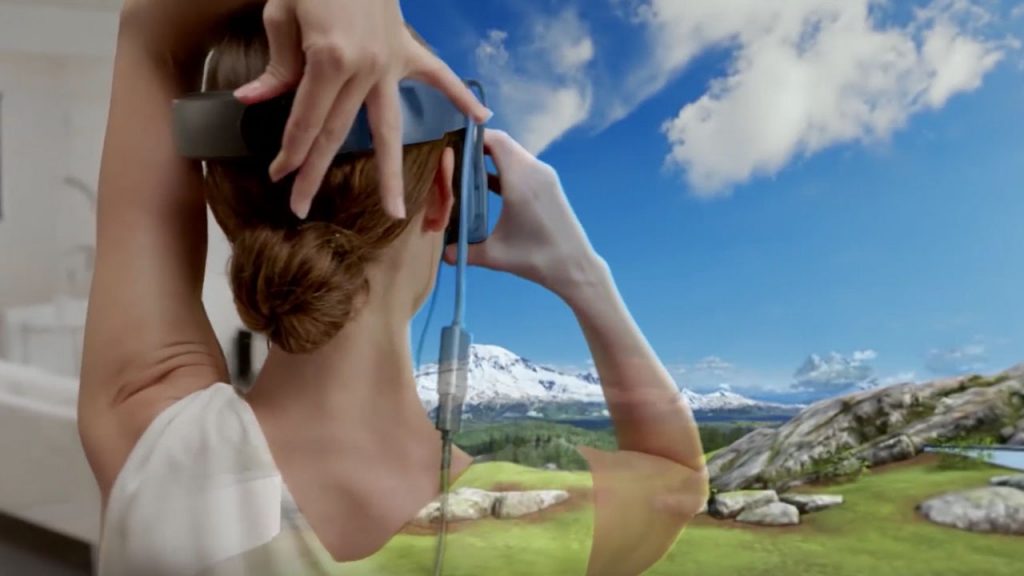Accessible by Design: An Opportunity for Virtual Reality
- Martez Mott ,
- Ed Cutrell ,
- Mar Gonzalez Franco ,
- Christian Holz ,
- Eyal Ofek ,
- Richard Stoakley ,
- Meredith Ringel Morris
ISMAR 2019 Workshop on Mixed Reality and Accessibility |
Published by IEEE

Too often, the accessibility of technology to people with disabilities is an afterthought (if it is considered at all); post-hoc or third-party patches to accessibility, while better than no solution, are less optimal than interface designs that consider ability-based concerns from the start. Virtual Reality (VR) technologies are at a crucial point of near-maturity, with emerging, but not yet widespread, commercialization; as such, VR technologies have an opportunity to integrate accessibility as a fundamental, developing cross-industry standards and guidelines to ensure high-quality, inclusive experiences that could revolutionize the power and reach of this medium. In this position paper, we discuss the needs, opportunities, and challenges of creating accessible VR.
Publication Downloads
SeeingVR Toolkit
February 22, 2020
Current virtual reality applications do not support people who have low vision, i.e., vision loss that falls short of complete blindness but is not correctable by glasses. We present SeeingVR, a set of 14 tools that enhance a VR application for people with low vision by providing visual and audio augmentations.
Canetroller: Enabling People with Visual Impairments to Navigate Virtual Reality with a Haptic and Auditory Cane Simulation
Traditional virtual reality (VR) mainly focuses on visual feedback, which is not accessible for people with visual impairments. We created Canetroller, a haptic cane controller that simulates white cane interactions, enabling people with visual impairments to navigate a virtual environment by transferring their cane skills into the virtual world. Canetroller provides three types of feedback: (1) physical resistance generated by a wearable programmable brake mechanism that physically impedes the controller when the virtual cane comes in contact with a virtual object; (2) vibrotactile feedback that simulates the vibrations when a cane hits an object or touches and drags across various surfaces; and (3) spatial 3D auditory feedback simulating the sound of real-world cane interactions. We designed indoor and outdoor VR scenes to evaluate the effectiveness of our controller. Our study showed that Canetroller was a promising tool that enabled visually impaired participants to navigate different virtual spaces. We discuss potential applications supported by Canetroller ranging from entertainment to mobility training.
SeeingVR: A Set of Tools to Make Virtual Reality More Accessible to People with Low Vision
Video figure accompanying a CHI 2019 paper on the same topic. The research paper will be available in January 2019.
